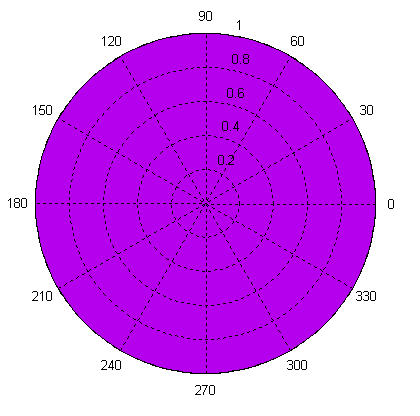
The microphone's directivity is defined by the different amount of output signal, generated by the microphone's direction to a point sound source.
Omnidirectional:An omnidirectional microphone will pick up the same amount of sound and generate the same output signal independently of the direction of the sound source, whereas a unidirectional microphone generates more output signal, the closer the microphone is angled to the direction of the sound source. The omnidirectional microphone's output will show a polar graph as a smooth circle, a unidirectional microphone shows more signal level to the incoming (zero) axis as on the rest. The exact curve and with it the directional behaviour is determined by the characteristics of the microphone.

A Figure-Eight type microphone picks sound from the front and rear in the same amount but phase reversed.
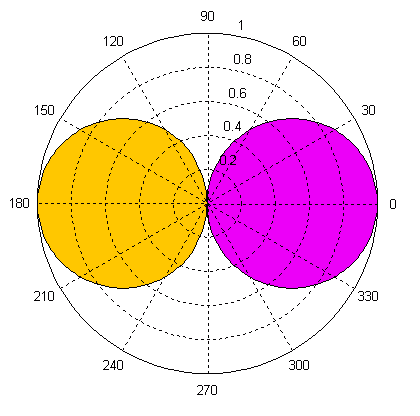
The cardioid microphone shows a heart-shaped polar pattern and has the least signal output for sound sources directly behind the microphone. The total receiving angle of a cardioid microphone is about 130 degrees (about 65 degrees to both sides of the zero axis).
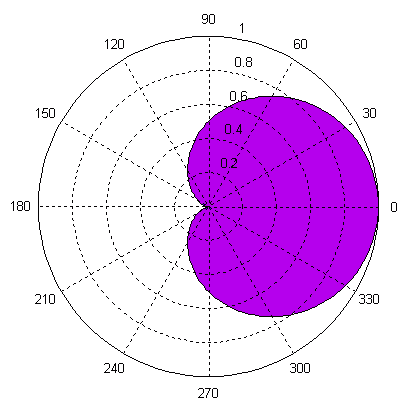
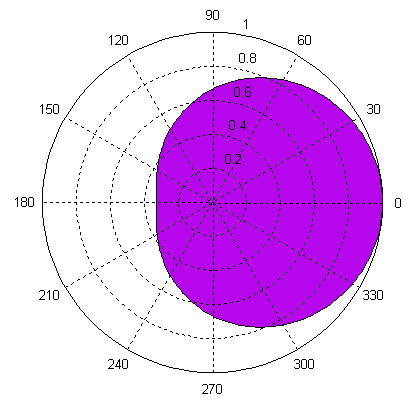
Supercardioid and the hypercardioid microphone have react in a different way. Compared to a cardioid type, they have a narrower coverage angle and have some pickup directly behind the microphone. They have a pick up angle of about 115 degrees for a supercardioid and 105 degrees for a hypercardioid. Here the zero-pick-up angle is about 125 degrees for the supercardioid and 110 degrees for the hypercardioid from the zero axis in front of the microphone in difference to 180 degrees for the cardioid.

The supercardioid microphone has the maximum ratio of on-axis pickup to ambient pickup and the hypercardioid microphone has the overall least pickup of ambient sound. On the opposite, they tend to have sound colorations off axis and do not necessarily provide better feedback rejection than a cardioid.
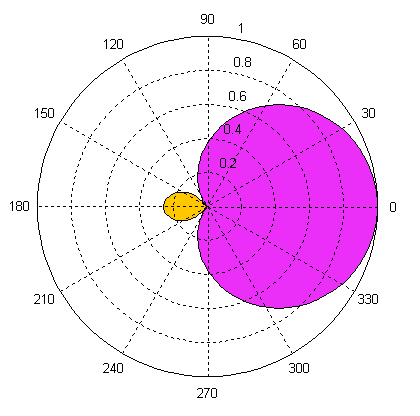
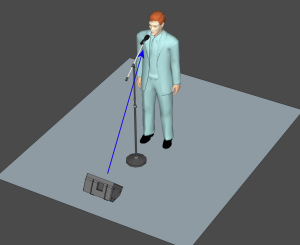 |
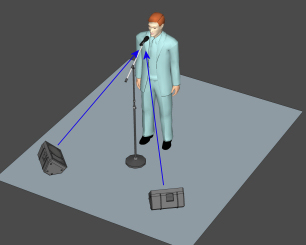 |
| cardioid mic in front of a monitor wedge - minimum feedback |
super cardioid mic in front of monitor wedges - minimum feedback (but don't move the mic!) |
Directivity can be created by combining two characteristics together:
